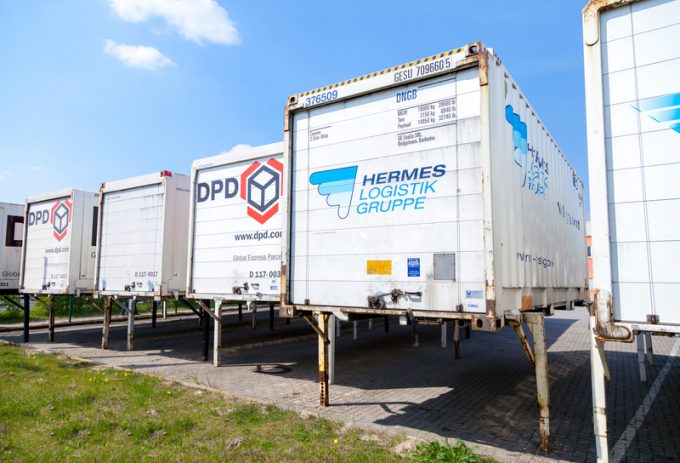UK stowaway rule risks collapsing haulage sector
Stakeholders are calling on the government to change migration rules that have caused a “significant” rise in ...

European road freight spot rates may have collapsed against contract rates over the course of 2023, but in Germany the picture is looking markedly different.
The end of last year the country saw the introduction of the Maut (or Infrastructure Usage Charge), a spike in the price of diesel, an additional CO2 levy increasing costs by nearly 50% and a rise in the minimum wage for hauliers – all of which, one forwarder told The Loadstar led to the domestic spot market spiking.
“There is no doubt that prices have gone up, even ‘cheap’ drivers from the likes of Poland are costing more,” the forwarder said.
“We have one customer based in the south of Germany for which we’d pay an average of €1,050 to €1,100 for a 760km journey. Now we are paying €1,300 to €1,400.”
Indeed, data supplied to The Loadstar indicates minimum wages for drivers have increased by some €3 since the onset of the pandemic, with the additional costs for hauliers having risen by between 69% and 83%, depending on truck classification.
Unlike other EU markets, the forwarder said, Germany’s trucking rates were “always spot”, rather than contract, with fuel costs calculated daily, which added oil price volatility into the mix.
While Germany may be experiencing surging spots, a recent update from the IRU, Transport Intelligence and Upply found European road freight spot rates had fallen below contract rates for the first time in seven years. It said spot rates had been hit by declining industrial demand, while contract rate rises were driven by new emission tolls and general rising costs.
Comment on this article